Meet the New Birds on the Block for Bird of the Year
Forest & Bird’s annual Bird of the Year competition started today and eagle-eyed observers will have noticed a few new additions to the lineup, writes Kimberley Collins.
Forest & Bird’s annual Bird of the Year competition started today and eagle-eyed observers will have noticed a few new additions to the lineup, writes Kimberley Collins.
Every year, New Zealanders flock to the polls to vote for their favourite bird in Forest & Bird’s annual Bird of the Year competition.
New Zealand is home to 168 different species of birds, but including all of them in Bird of the Year would leave voters with a major cramp in their scrolling finger.
Our policy has always been that if someone wants a bird added to the line-up, they have to come on board as its campaign manager. This year, we had six passionate bird nerds put their hand up.
So before you cast your vote, spare a thought for these newcomers and get to know the new birds on the block for Bird of the Year.
Whenua Hou Diving Petrel
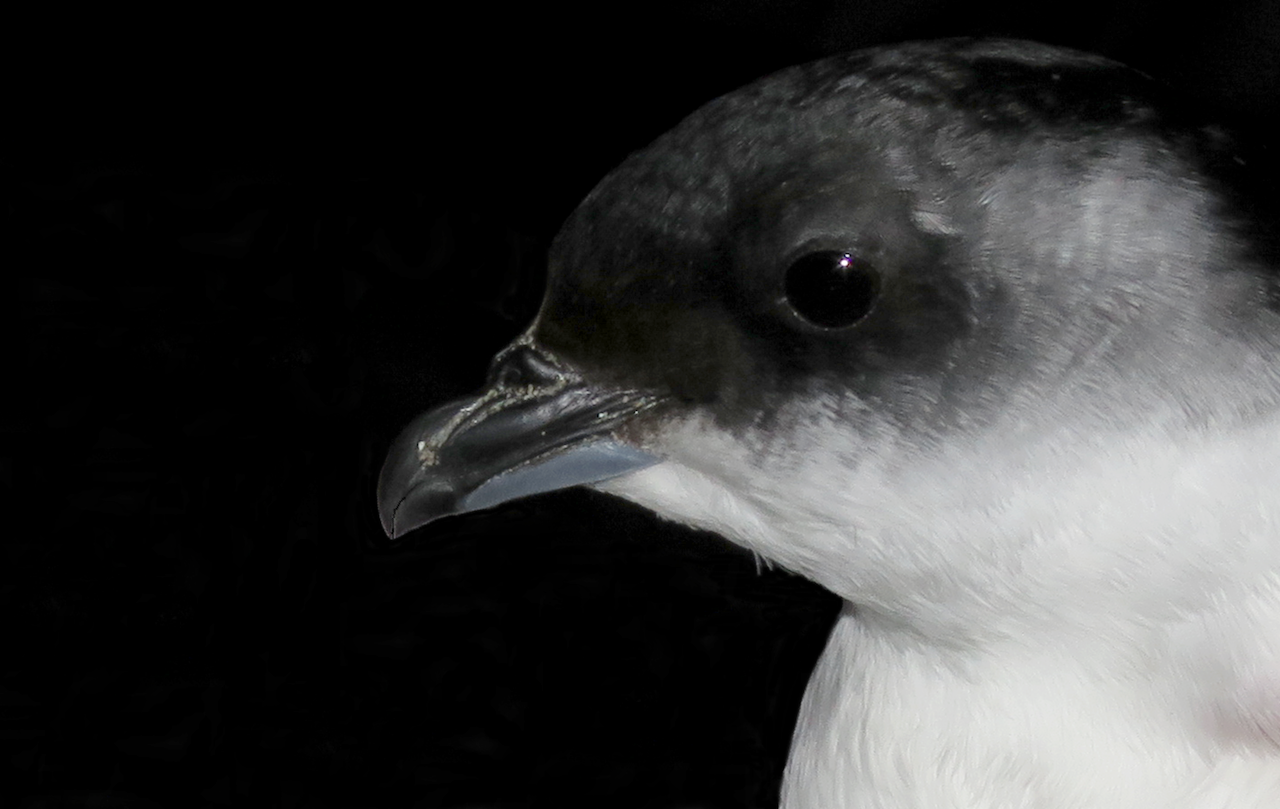
Photo by Igor Debski
The Whenua Hou diving petrel is not only new to Bird of the Year, but it is also a new species!
It lives on a small strip of sand just 1 kilometre long on Whenua Hou (Codfish Island) off the coast of Stewart Island. They are the only diving petrel in the world that breeds entirely within a sand dune environment.
Previously, it was assumed that they were South Georgian Diving Petrels. But researchers discovered differences in the birds’ size, shape, and colour.
With a population of around 250 birds, the Whenua Hou Diving Petrel is highly endangered. Living on a predator-free island means they are safe from introduced predators, but they are at risk of losing their sand dune habitat to climate change.
Rowi (Okarito Brown Kiwi)
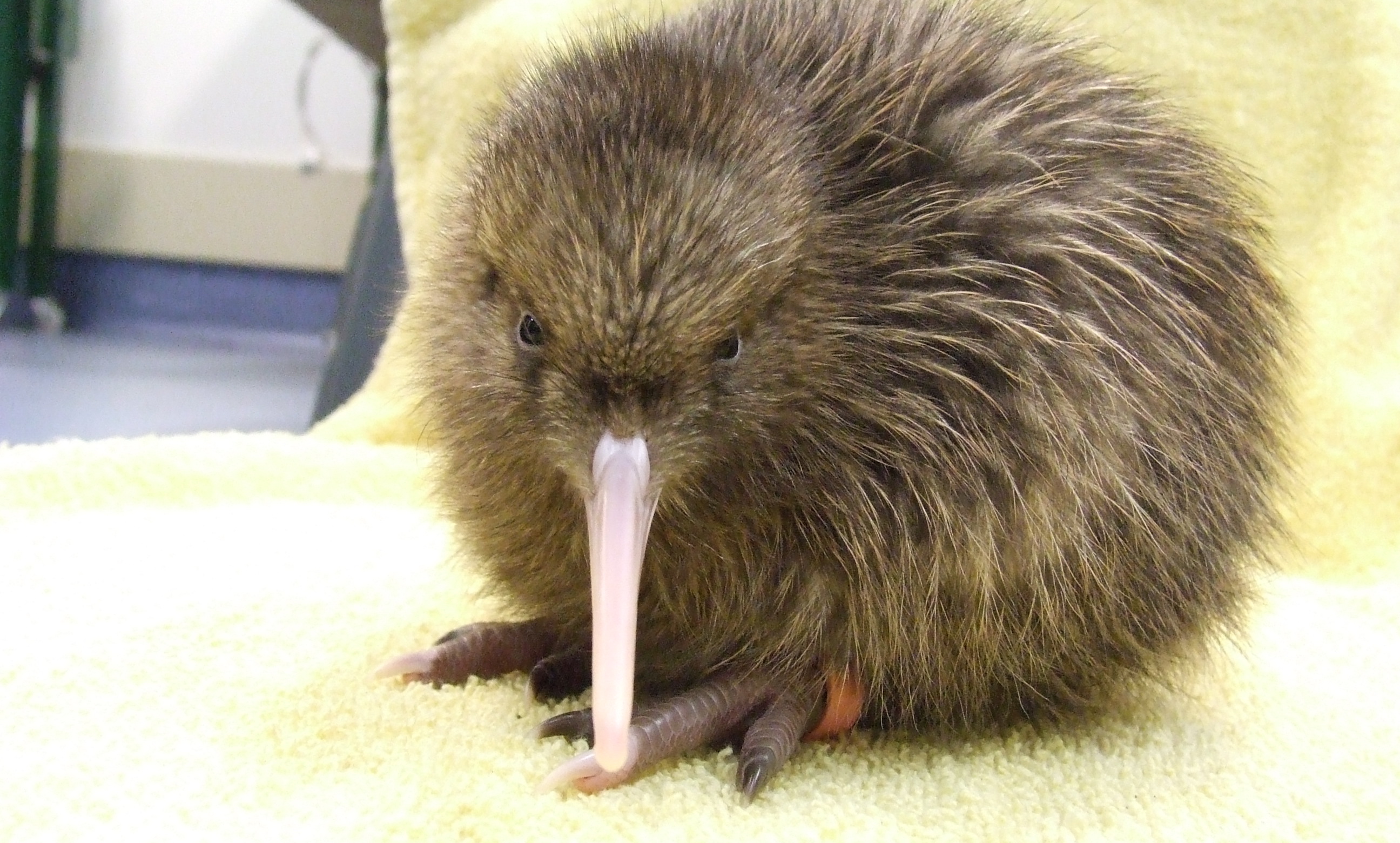
Photo by West Coast Wildlife Centre
Rowi, also known as Okarito brown kiwi, are the rarest of New Zealand’s five species of kiwi. With just 450 birds left in the world, they are found only in the Ōkarito forest on the West Coast of New Zealand.
They were once found throughout the southern North Island and northern South Island but their numbers crashed after the introduction of predators. Eggs, chicks, and sometimes adults are predated by stoats and other mustelids, while adults can also be killed by dogs and struck by cars.
This year, 16-year-old Michael Burton-Smith made a passionate case to split the kiwi vote when he asked for the chance to campaign for these endangered birds as a stand-alone candidate.
Arctic Skua
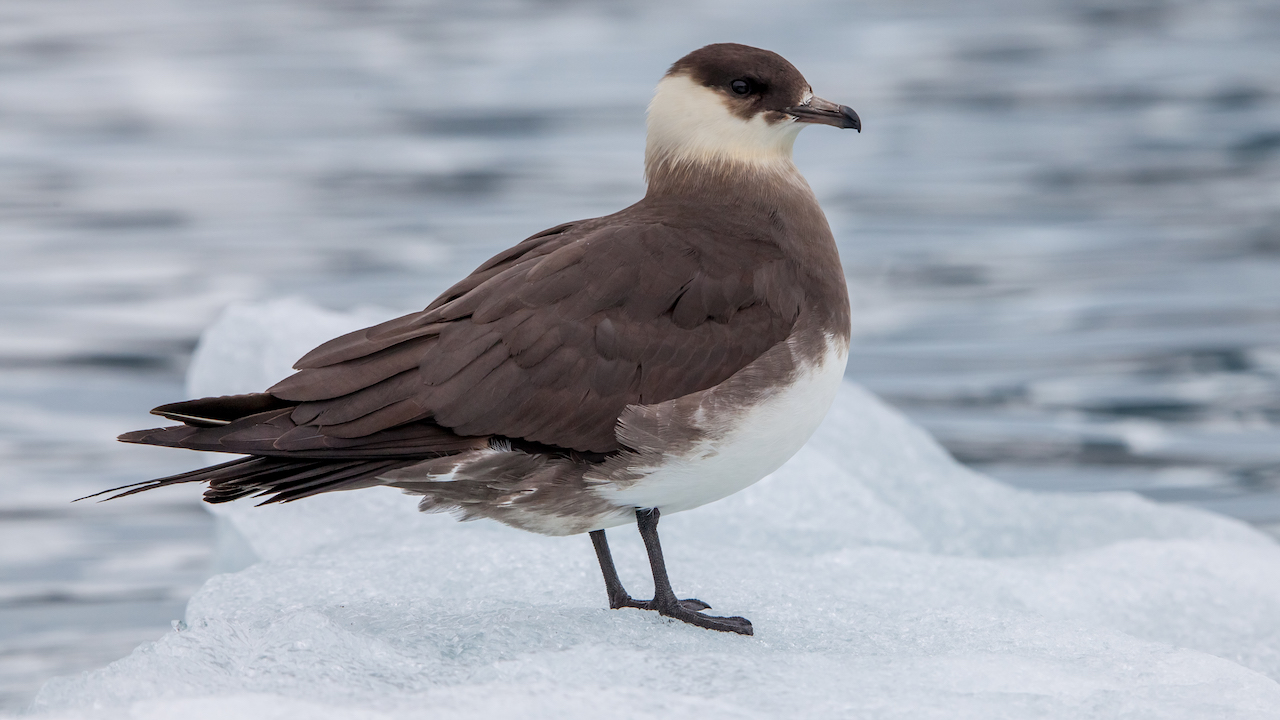
Photo from Wikimedia Commons
Arctic skua are seasonal visitors to New Zealand’s waters, returning North to the Arctic every year to breed. Described by some as the pirates of the bird world, they are notorious bullies. They are known to pursue other seabirds until they regurgitate their food, which they then gobble up. Yum! It’s the bird equivalent of stealing someone’s lunch money.
With their attractive tail streamers and distinctive dark and light patterning, the Arctic Skua is the rakishly charming pirate captain of New Zealand’s skies. Arrrrr!
Orange-fronted Parakeet (Kākāriki Karaka)
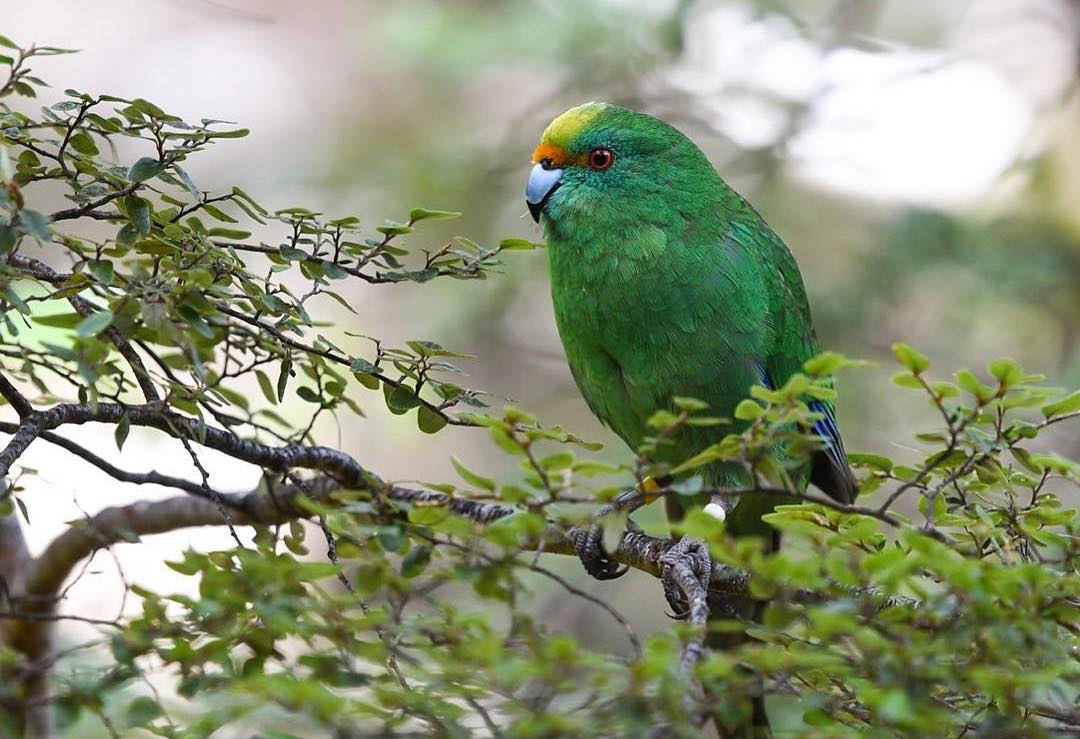
Photo by Ben Weatherley
The orange-fronted parakeet already has an orange crown, but this year it’s working hard to earn a new one!
Reports from the 1800s show they were once found all over New Zealand. Historical accounts suggest that during a beech mast (when beech trees produce high volumes of seed in a single season) there would be a breeding boom and birds would flood out onto the Canterbury Plains. They were even so numerous that people on the West Coast would use their feathers to stuff mattresses.
But today they are rarer than all of our kiwi species, with the same threat level as the kākāpō and black robin.
Like many of New Zealand’s native birds, their decline was caused by introduced predators, which are excellent hunters. Stoats and rats prey on orange-fronted parakeets when they nest and roost (sleep) in tree holes. Possums prey on eggs and chicks when they are in the nest. Feral cats love to catch unsuspecting fledglings.
A vote for the orange-fronted parakeet is a vote for New Zealand’s rarest forest parrot!
Spotless Crake (Pūweto)
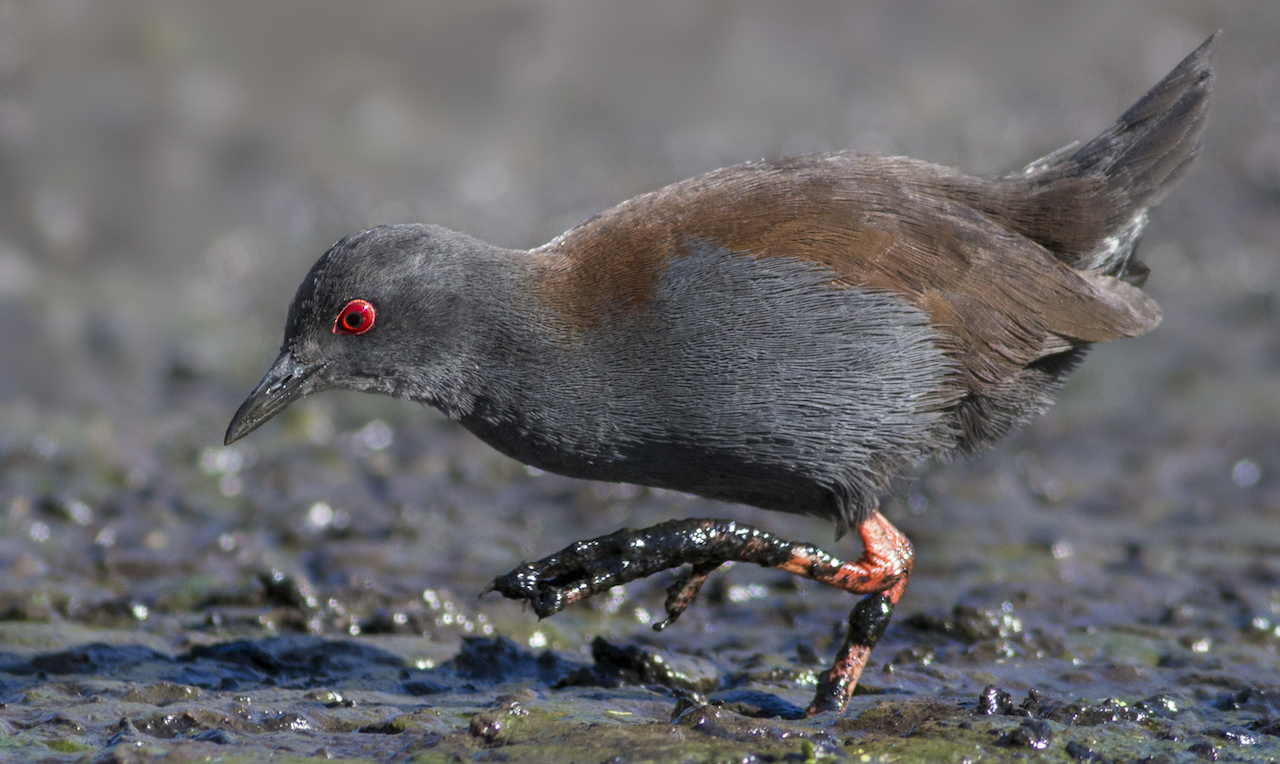
Photo by Oscar Thomas
These tiny blue birds with bright red feet and eyes live in wetlands, and so it makes sense that the National Wetland Trust of New Zealand put their hand up to support them.
They want to get more people to appreciate our wetland ecosystems and the spotless crake (pūweto) is a great spokesbird for the cause. The presence of pūweto is the sign of a healthy ecosystem and can show us just how well we are looking after our wetlands.
Although they are secretive and relatively infrequently seen, their numbers have dropped since humans started draining wetlands. A vote for the pūweto is a vote for the wetlands!
South Polar Skua
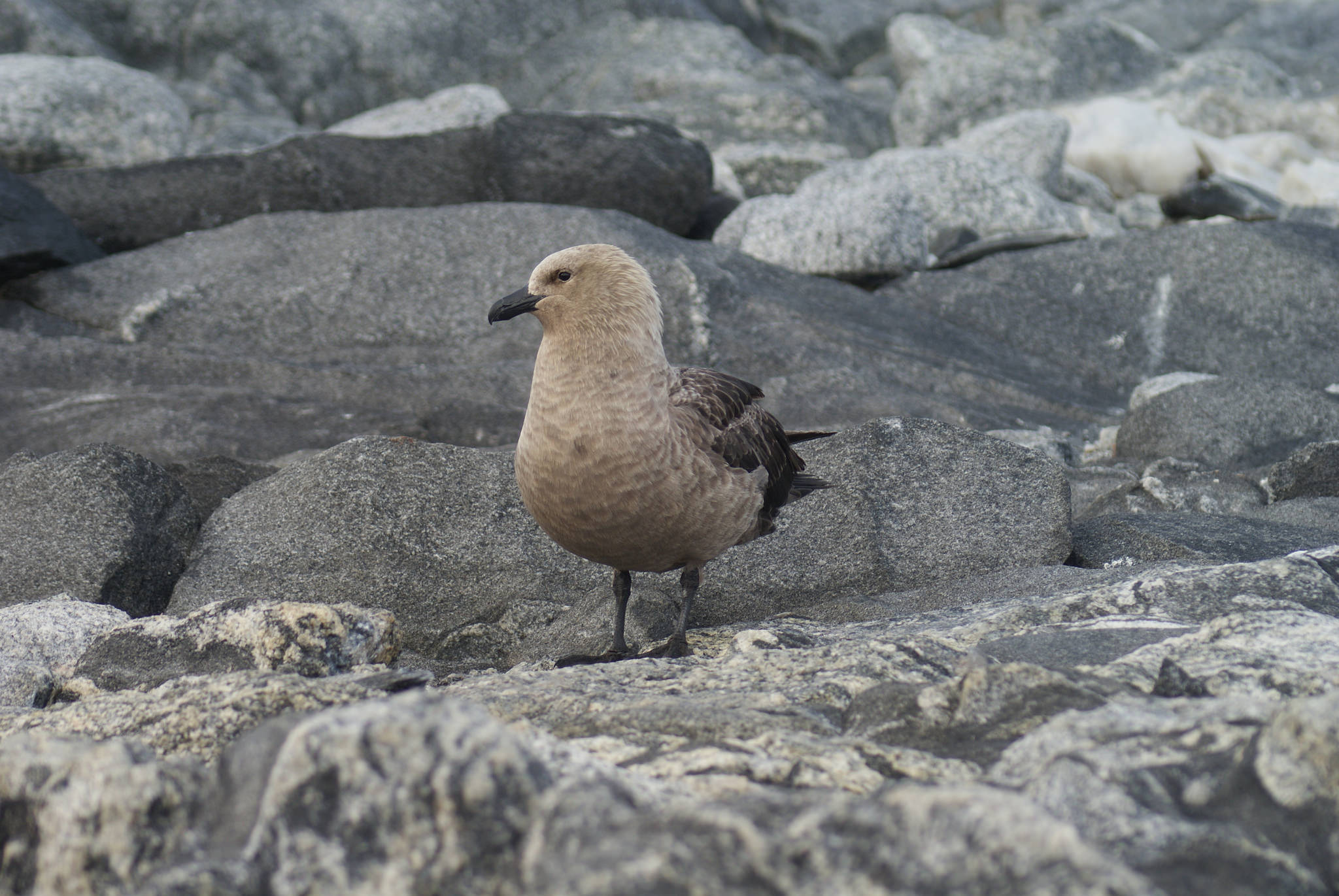
Photo by Kimberley Collins
This year saw not one, but two skua added to the line-up.
The South Polar Skua is a top avian predator in the Antarctic and joins the competition as a representative of the far reached Ross Dependency in Antarctica.
Found throughout the world (from the South Pole to Japan, Greenland and British Columbia) this well-travelled rascal is sure to steal your heart, your lunch, and your offspring.
